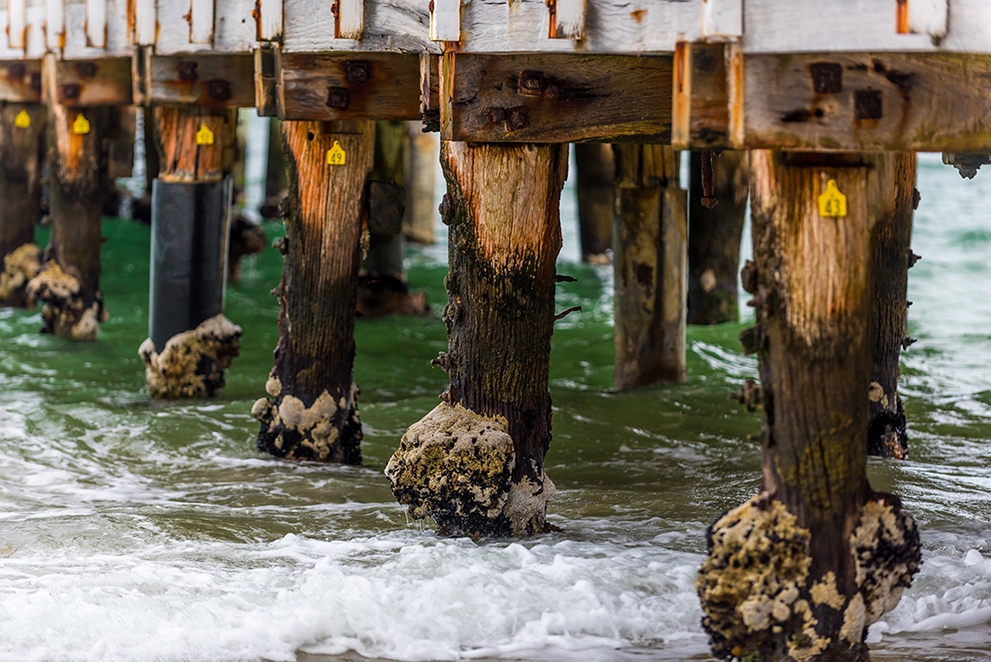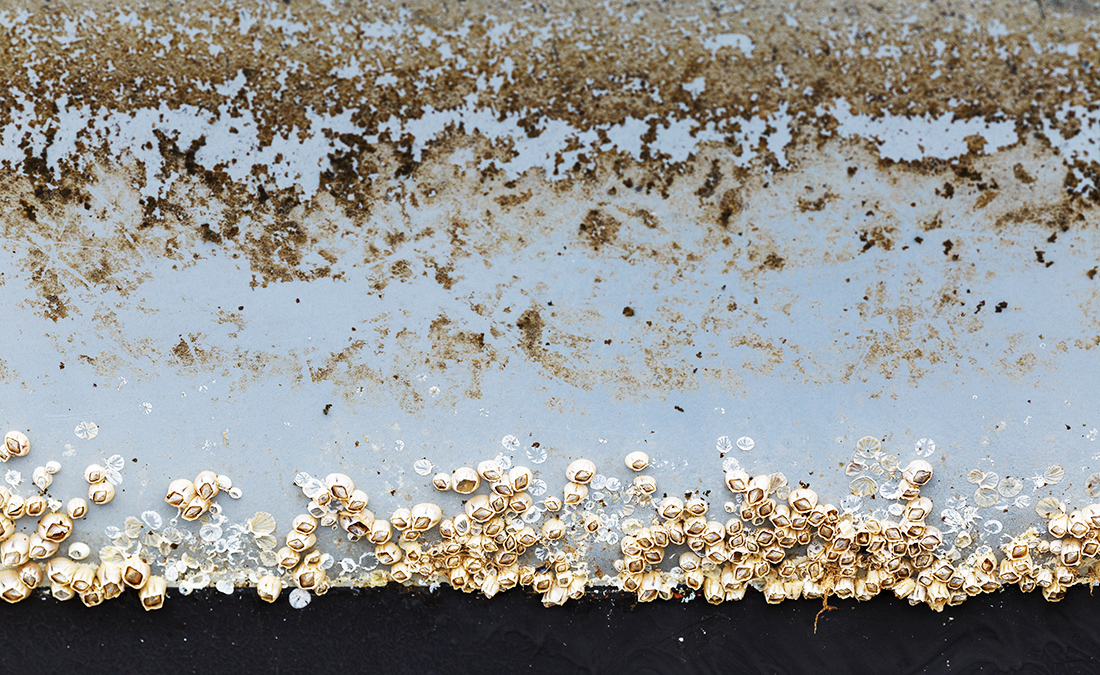Students across WA are preparing to pitch their solutions to biofouling – the unwanted growth of marine organisms like barnacles and algae on man-made underwater structures.
In UWA’s annual Emerging Engineers Competition, female students of all ages are invited to tackle the problem of biofouling, which costs global marine industries billions of dollars every year.
Tackling real-world problems
UWA OceanWorks Communications Officer Tina Zhang says biofouling is a current real-world problem in marine science and engineering.
“It’s a complex problem from lots of perspectives,” she says.
“Obviously there’s the biology and the chemistry of how that system is established, which is very fascinating.
“But there’s also the complexities around the human interaction between marine organisms and man-made structures.”
Students can also look at the impact of biofouling on structures such as oil and gas platforms and renewable energy systems, Tina says.
And there’s a host of complications around removing the growth in a way that doesn’t poison or otherwise disrupt the ecosystem.

Research, design and pitch
Tina says the competition is open to groups of girls working together.
She says the students have until the start of term 3 to research biofouling and develop their solutions.
They’ll then be invited to pitch their ideas to a panel of industry judges.
“We don’t say that it has to be a report or a poster … we accept any and all forms of submission,” she says.
“The running joke is if you want to do an interpretive dance or a play about it, you can.
“We haven’t received those kinds of submissions yet, but we could.”
Tips for winning
A group of year 12 girls from Helena College won the 2019 Emerging Engineers Competition.

Jacinta Huppatz, who was part of last year’s winning team, admits to being a bit overwhelmed at first.
“We found breaking the task into smaller questions easier to handle,” she says.
“[It] allowed us to create a very specific solution to the problem.”
Teammate Cate Snelling recommends targeting one aspect of the challenge.
For them, it was the build-up of calcium carbonate.
“We looked at different ways we could try to reduce this build-up,” Cate says.
“[We] designed a solution, which was essentially an acid paste with the materials we had available, and we experimented.
“Afterwards, we reflected and proposed how we would readjust it.”
Engineers of the future
Abbey Shepherd, another member of the winning team, says she would 100% recommend the competition.
“It was an amazing opportunity,” she says.
“We learned a lot over the course of the project, and it was so much fun to work on as a group.”
Abbey is now thinking about studying environmental or mechanical engineering at university.
“Before starting the competition, I wasn’t really considering engineering,” she says.
“Now I understand more about what it is and what types of things engineers do.”
The Emerging Engineers Competition is a collaboration between UWA Girls in Engineering and OceanWorks.
Registrations for 2020 close on 12 April.









